CompareGuru Financial Services is an authorised financial services provider FSP. 47696
A Complete Guide To First-Time Insurance For The First-Time Driver (Part Two)
Jason Snyman
2019-12-15
Whether you’re a parent looking to get insurance for your child, or a young adventurer about to get behind the wheel yourself, in part two of this guide we’ll offer some tips on how to get lower premiums on first-time car insurance for a first-time driver.
Well, nobody said that adulting would be easy. In part one of this article, we took a look at the many hurdles young drivers may face when applying for first-time insurance, and why this process is often so difficult, and so incredibly expensive.
But, fret not. There is a silver lining, young Padawan, and the open road will soon be yours.
1. Being Added To An Existing Policy
The easiest and most affordable way to get first-time car insurance is to be added to an existing policy. This is usually through somebody in your household, such as a parent or guardian, who already has a car insurance policy in place.
This person, essentially, adds you and your vehicle to their own policy. As previously mentioned in part one, it’s important to be aware of ‘fronting’ in this regard, and it’s critical that you, as the regular driver, be listed as the regular driver with the insurance company.
There are many benefits (besides the obvious protection to yourself, your vehicle, other drivers and their property) to this approach. As a first-time driver, considered high risk with no reliable credit record, no driving history or history of insurance, being added to an existing policy basically comes with an automatic discount, because the person that owns the policy has all of this (hopefully) acting in their favour, and more.
As a driver attached to the existing policy, you may also get to enjoy several other benefits, rewards and discounts.
If this route isn’t an option to you, or if you’d simply prefer to do things on your own, you’ll have to brace yourself for higher premiums and you’ll likely face some hurdles along the way. There are, however, some things that you can do to overcome them, and several benefits of their own to this approach.
Having insurance in your own name is great for your driving record, for example, and the less you claim over the years, the lower your premiums will become.
Let’s take a look at what else you need to keep in mind.
2. Take A Good Look At The Type Of Insurance You Need
There are generally three main types of vehicle cover to choose from. These are Third Party, Third Party, Fire and Theft, and lastly, Comprehensive. We’ve gone into each of these and what they cover in depth in the article presented below – Why Do You Need Car Insurance? – but for now, the most important thing that you need to know is that Third Party – bottom tier – is the most affordable and bare essential type of insurance, while Comprehensive is the most expensive.
If you absolutely couldn’t afford to replace your valuable, brand new vehicle in the event of theft or an accident, Comprehensive is the best option. If your car isn’t all that valuable, though, then Third Party or Third Party, Fire and Theft should be the options you’re looking at. At the very least, these will pay for damages to other people’s property that you couldn’t normally afford.
But, more on this topic later.
3. Take A Good Look At The Type Of Car You’ll Be Driving
Insurance companies charge higher premiums for certain vehicles. Cars which are expensive to repair, largely to do with availability of spare parts, will naturally incur higher premiums.
Likewise, insurers take a look at the power of the engine (faster cars lead to faster driving), car modifications (such as alloy wheels and body kits), the presence of alarm or tracker systems, and the popularity of that particular vehicle among thieves.
If you want lower premiums, it’s wise to choose a more affordable vehicle to insure. It may not be flashy, it may not be fast, but it will save you money in a multitude of ways, and likely reduce the risk of hijacking or theft.
4. Higher Excess, Lower Premiums
We’ve covered what insurance excess is, and exactly how it works, in the article presented below – Excess, Understanding Why You Pay It – which is definitely an important read for all insurance policy holders.
For now, know that by choosing to pay a higher excess in the event of having to claim is one of the options available in lowering your monthly premiums. What this means, essentially, is that if you’re involved in an accident or your car is stolen, you will have to pay a higher-than-usual excess when you claim, and in exchange, you get lower monthly premium rates.
Pay less month-to-month, but pay a lot more later.
The problem with this, of course, is that you’ll need to have this higher excess on hand in that event, and you’ll need to be able to afford it. Younger drivers with no real disposable income may struggle to pull this off. Statistics aren’t in your favour either, showing that a great percentage of young drivers will claim within the first year of driving. So, that big old excess may need to be paid sooner than you’d hoped.
Likewise, you can also elect to pay higher monthly insurance rates in exchange for a lower excess.
5. All The Little Things Add Up
There are several other things that you can do. One of these is to take an advanced driving course before applying for insurance. Not only will this greatly increase your own confidence and skill behind the wheel, but it also shows insurers that you know how to handle your vehicle. Peace of mind goes a long way toward lower premiums.
You can also add a low-risk driver, such as a parent, as your second driver (again, not your main driver). An older driver is more experienced on the road, and if they have a good track record themselves, their presence will certainly aid your cause.
Adding extra safety features to your vehicle (or if it didn’t have any to begin with) such as an alarm, tracker or immobiliser will also lower your premiums. Avoid flashy modifications or expensive sound systems. Avoid the VW Polo Vivo, or any other vehicle high on the common criminal wish-list.
Remember that insurance will always be cheaper when you park your car in a safe place, such as a locked garage. If you don’t drive it all that often, or in heavy traffic, or long distances through high-crime areas, this all minimises risk.
Many insurers will also allow you to pay your premiums per year, instead of month-to-month, and it’s advisable to do this if you can afford it. The savings on that monthly interest you’ll be paying, otherwise, is nothing to be laughed at.
Lastly (and we said we would come back to this later), it’s important to remember that the cheapest insurance options aren’t always the best. They’re often very cheap for very good reasons, so never look at the price tag alone. Don’t sacrifice quality of cover just to save a few extra bucks. It’s always best to base the type of insurance you’ll go for, and which company you acquire it from, on your specific, individual needs.
We would advise that you compare insurance quotes, shop around, and speak to a knowledgeable broker about your needs and financial plans.
Our Gurus are here to guide you, absolutely free of charge. Ask a thousand questions, ask a thousand more, and don’t make a final decision until you are 100% confident in your choice.
CompareGuru knows what's good - you'll never need another insurance comparison tool again!
Sign up to our newsletter to stay up-to-date on our latest tips on how to get the best out of your insurance, what insurance really means and how to avoid any pitfalls along the way.
CompareGuru has you covered.


